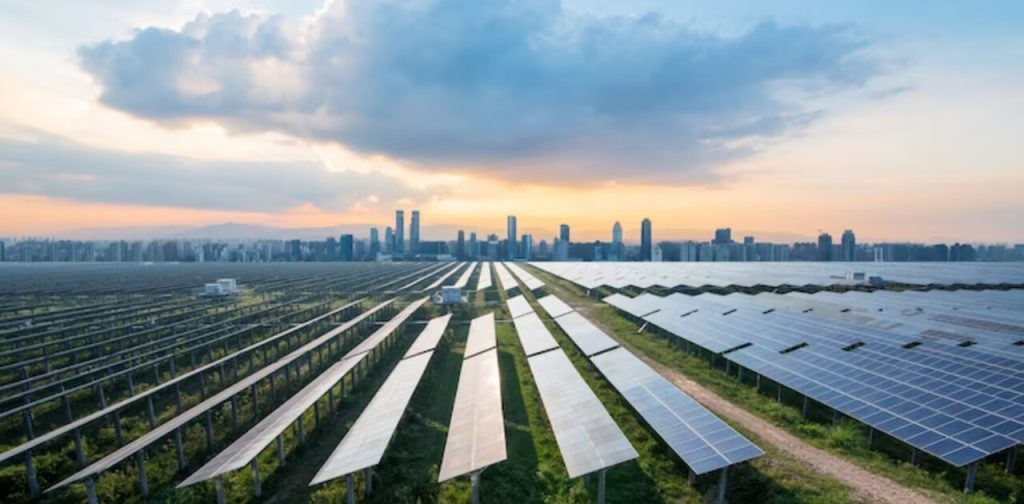Simulating a Solar Power Plant with Gazebo: A Step-by-Step Guide
Simulating a solar power plant within Gazebo offers an incredible way to test, improve, and refine your design before real-world implementation. Let’s break down the process:
1. Project Scope
Begin by outlining the specific elements of your solar power plant you intend to model. This could encompass everything from the solar panels themselves to tracking systems, battery storage, inverters, and any additional components.
2. Gazebo Installation
Make sure the Gazebo is properly installed on your system. Follow the official instructions for a smooth setup process.
3. Component Modeling
Create detailed 3D models of each element within your power plant. Tools like Blender are fantastic for this, but you may also source pre-existing models online. Think solar panels, support structures, wiring, inverters – the whole system!
4. Virtual Layout
Carefully construct the layout of your solar plant within Gazebo’s simulation environment. Place all your components accurately; arrange panels and position tracking systems with real-world precision.
5. Sunlight and Shadow Simulation
Harness Gazebo’s lighting tools to replicate realistic sunlight conditions. This means configuring sun position, angles, and intensity to match your plant’s geographic location and time of day. Don’t forget to simulate shadows from any buildings or structures to accurately assess their impact on solar panel performance.
6. Solar Panel Dynamics
Define how your solar panels will function within the simulation. Crucial factors include efficiency, response to variations in light, and energy production capabilities. Gazebo’s physics engine can help you accurately model electrical output in response to light intensity.
7. Control System Integration
If your solar plant design features tracking systems or other control elements, now is the time to implement those behaviors within the simulation. Program the controllers that will optimize solar panel orientation based on the sun’s position.
8. Modeling Energy Flow
Replicate how energy moves through your plant. This includes modeling the solar panel’s energy conversion to electricity, how power is distributed, and any battery storage strategies in your design.
9. Data is Key: Collection and Analysis
Utilize sensors within your simulation to gather vital data points like energy production over time, panel efficiency, and how well the entire system performs. Careful analysis of this data will reveal optimization opportunities.
10. Visualization and Interaction
Make your simulation come alive with visualization tools that display crucial metrics and real-time data. Explore building custom graphical interfaces or seamlessly integrating with external tools designed for visualizing data.
11. Test, Validate, Repeat
Your simulation is a powerful testing ground. Validate your solar power plant’s initial design and explore the impacts of changes in things like panel layouts, tracking systems, and how energy is stored or used.
12. Documentation
Meticulously record your simulation setup, all parameters, and the results it generates. This will be invaluable for future reference and collaborating with others.
Key Takeaway
Creating a Gazebo-based solar power plant simulation demands expertise in physics, engineering, simulation principles, and a touch of programming. The payoff is immense – this tool gives you the power to optimize your design, leading to a more efficient and productive solar power plant.







